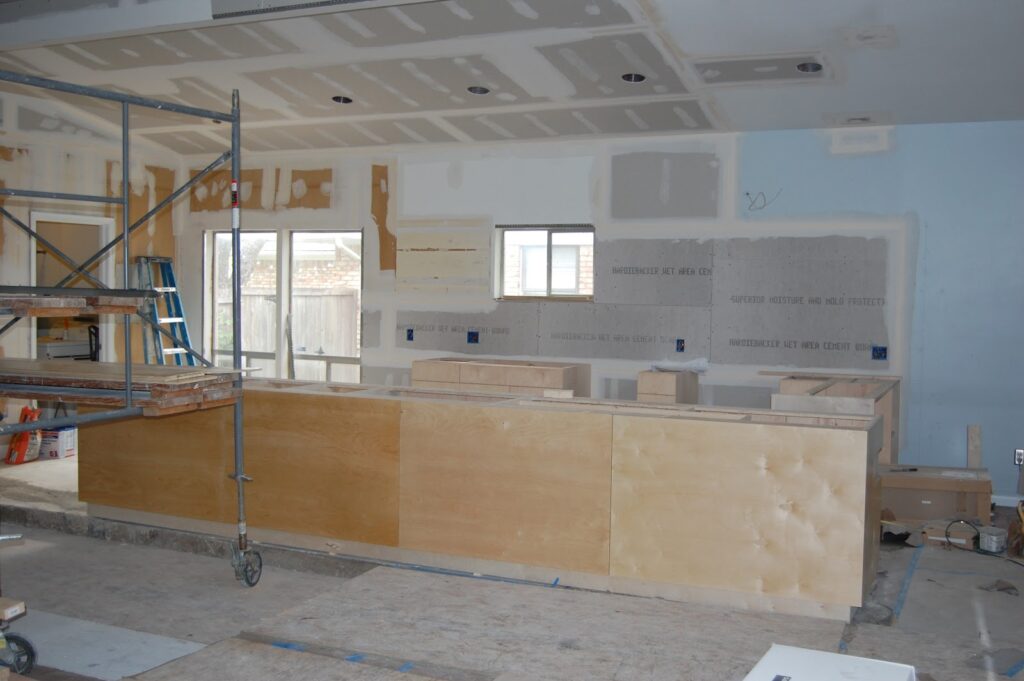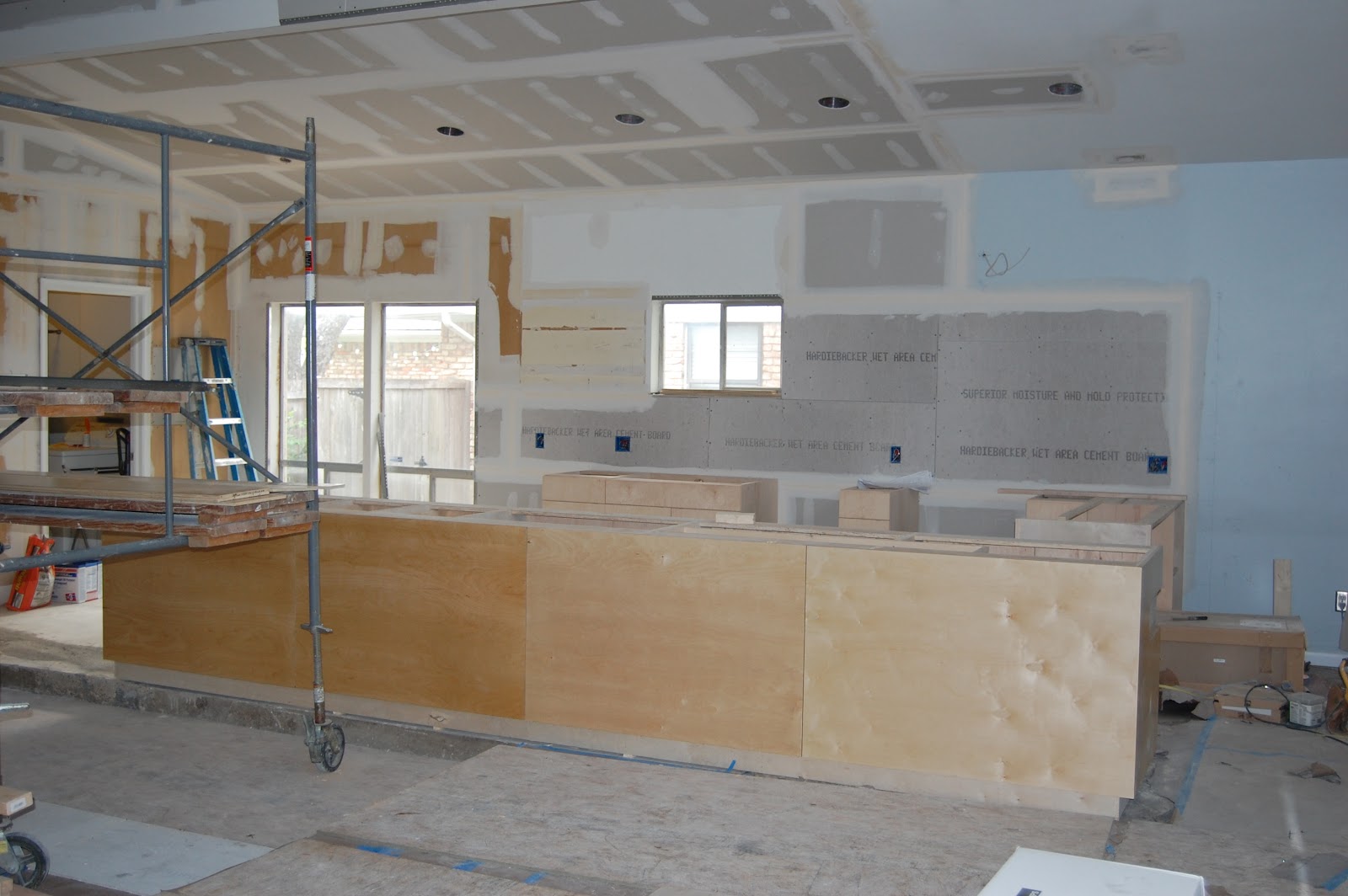
What Type of Drywall for Kitchen: A Comprehensive Guide
Choosing the right drywall for your kitchen is a crucial decision that impacts not only the aesthetics but also the functionality and safety of the space. The kitchen, unlike other rooms in the house, is exposed to higher levels of moisture, heat, and potential grease splatters. Therefore, selecting the appropriate type of drywall is essential for preventing mold growth, maintaining structural integrity, and ensuring long-term durability. This comprehensive guide will delve into the various types of drywall suitable for kitchens, their pros and cons, and factors to consider when making your choice. Understanding the options for ‘what type of drywall for kitchen’ will empower you to make an informed decision.
Understanding Drywall and its Properties
Drywall, also known as gypsum board, wallboard, or plasterboard, is a common building material used for interior walls and ceilings. It consists of a gypsum core sandwiched between two layers of paper. The gypsum core provides fire resistance, while the paper layers offer a smooth surface for painting or wallpapering. However, not all drywall is created equal, and different types are designed for specific applications.
Types of Drywall
- Standard Drywall (White Board): This is the most common and least expensive type of drywall. It’s suitable for general use in areas with low moisture exposure, such as living rooms and bedrooms. However, it’s not recommended for kitchens due to its susceptibility to moisture damage.
- Moisture-Resistant Drywall (Green Board): Green board is designed to withstand higher levels of humidity than standard drywall. It features a water-resistant paper facing, typically green in color. While it’s more resistant to moisture than standard drywall, it’s not waterproof and shouldn’t be used in areas directly exposed to water, such as shower enclosures. It’s often considered a basic option when considering ‘what type of drywall for kitchen’.
- Mold-Resistant Drywall (Purple Board): Purple board is specifically engineered to resist mold and mildew growth. It features a non-organic coating that inhibits mold spores from taking hold. This type of drywall is ideal for areas prone to moisture, such as bathrooms, laundry rooms, and, importantly, kitchens. It offers enhanced protection against mold, making it a preferred choice for maintaining a healthy indoor environment.
- Fire-Resistant Drywall (Type X): Type X drywall is thicker and contains special additives that make it more resistant to fire. It’s often required in areas where fire safety is a concern, such as garages and around furnaces. While not specifically designed for moisture resistance, it can provide an added layer of protection in the kitchen.
- Cement Board: Cement board is a water-resistant and durable material made from cement, reinforced with fiberglass mesh. It’s often used as a substrate for tile in wet areas, such as shower walls and floors. While not typically used for general wall construction, it can be a good option for areas around sinks or dishwashers where water exposure is high.
Why Moisture Resistance Matters in the Kitchen
The kitchen is a high-moisture environment due to cooking, dishwashing, and the presence of sinks and appliances. Steam from boiling water, condensation from refrigerators, and accidental spills can all contribute to elevated humidity levels. When standard drywall is exposed to moisture, it can absorb the water, leading to swelling, warping, and eventually, mold growth.
Mold not only damages the drywall but also poses health risks to occupants. Mold spores can trigger allergic reactions, asthma attacks, and other respiratory problems. Therefore, choosing moisture-resistant drywall for the kitchen is essential for preventing mold growth and maintaining a healthy indoor environment. This is key when considering ‘what type of drywall for kitchen’.
Choosing the Right Drywall for Your Kitchen
When selecting drywall for your kitchen, consider the following factors:
- Moisture Exposure: Assess the level of moisture exposure in different areas of your kitchen. Areas around sinks, dishwashers, and stoves are more prone to moisture than other areas.
- Budget: Different types of drywall come at different price points. Consider your budget and choose the most cost-effective option that meets your needs.
- Building Codes: Check your local building codes for any specific requirements regarding drywall types in kitchens.
- Professional Advice: Consult with a contractor or drywall installer for professional advice on the best type of drywall for your specific kitchen.
Recommended Drywall Types for Kitchens
Based on the factors mentioned above, here are some recommended drywall types for kitchens:
- Mold-Resistant Drywall (Purple Board): This is generally the best option for kitchens due to its superior mold resistance. It provides excellent protection against moisture and helps maintain a healthy indoor environment.
- Moisture-Resistant Drywall (Green Board): While not as effective as purple board, green board is a decent alternative for areas with moderate moisture exposure. It’s a more affordable option than purple board but may not provide sufficient protection in high-moisture areas.
- Cement Board: For areas directly exposed to water, such as around sinks and dishwashers, cement board is an excellent choice. It’s completely water-resistant and provides a durable substrate for tile.
Installation Tips for Kitchen Drywall
Proper installation is crucial for ensuring the effectiveness of your chosen drywall. Here are some tips for installing drywall in your kitchen:
- Use Moisture-Resistant Screws: When attaching drywall to studs, use screws that are specifically designed for moisture resistance to prevent corrosion.
- Seal Seams and Joints: Use drywall tape and joint compound to seal all seams and joints. This will prevent moisture from penetrating the drywall.
- Apply a Moisture-Resistant Primer: Before painting, apply a moisture-resistant primer to the drywall. This will further protect it from moisture damage.
- Ensure Proper Ventilation: Ensure proper ventilation in your kitchen to reduce humidity levels. Use exhaust fans when cooking and dishwashing.
Cost Considerations
The cost of drywall varies depending on the type, thickness, and brand. Standard drywall is the least expensive, while mold-resistant and fire-resistant drywall are more expensive. Cement board is also generally more expensive than standard drywall. Labor costs for installation will also vary depending on the complexity of the project and the location.
While it may be tempting to save money by using standard drywall in the kitchen, it’s important to consider the long-term costs of potential moisture damage and mold remediation. Investing in moisture-resistant or mold-resistant drywall upfront can save you money and headaches down the road. Understanding ‘what type of drywall for kitchen’ fits your budget is important.
Maintenance and Care
Proper maintenance and care can extend the lifespan of your kitchen drywall. Here are some tips:
- Clean Spills Immediately: Wipe up any spills or splatters on the drywall immediately to prevent moisture absorption.
- Monitor Humidity Levels: Keep humidity levels in your kitchen below 50% to prevent mold growth. Use a dehumidifier if necessary.
- Inspect Regularly: Regularly inspect your drywall for signs of moisture damage, such as discoloration, swelling, or mold growth.
- Repair Damage Promptly: Repair any damage to the drywall promptly to prevent further moisture penetration.
Alternatives to Drywall
While drywall is the most common material for kitchen walls, there are some alternatives to consider:
- Plaster: Plaster is a traditional wall covering that offers excellent durability and moisture resistance. However, it’s more expensive and requires more skill to install than drywall.
- Wood Paneling: Wood paneling can add warmth and character to a kitchen. However, it’s important to choose a wood species that is resistant to moisture and to seal it properly.
- Tile: Tile is a durable and water-resistant option for kitchen walls. It’s often used as a backsplash behind stoves and sinks.
Ultimately, the best type of wall covering for your kitchen will depend on your budget, style preferences, and the level of moisture exposure. Remember to always consider ‘what type of drywall for kitchen’ aligns with your needs.
Conclusion
Choosing the right type of drywall for your kitchen is a critical decision that can impact the long-term health, safety, and aesthetics of your home. By understanding the different types of drywall available and their properties, you can make an informed choice that meets your specific needs and budget. While standard drywall may be suitable for other areas of the house, moisture-resistant or mold-resistant drywall is essential for the kitchen to prevent mold growth and maintain a healthy indoor environment. Remember to consider factors such as moisture exposure, building codes, and professional advice when making your decision. By investing in the right type of drywall and following proper installation and maintenance practices, you can ensure that your kitchen walls remain durable, attractive, and mold-free for years to come. When considering ‘what type of drywall for kitchen’, remember to prioritize moisture resistance and long-term durability. [See also: How to Install Drywall], [See also: Best Kitchen Backsplash Ideas], [See also: Preventing Mold in Your Home]

